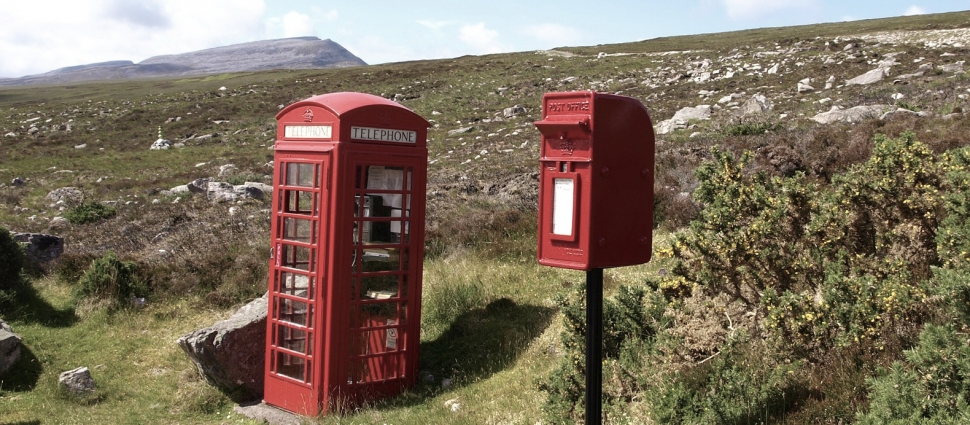Timeo Danaos? Not any more.

April 8, 2011
Perhaps it was not the Greeks but the ancient Czechs who normalised homosexuality. Such seems to be the conclusion drawn by the archaeologists who have unearthed the grave of the first gay caveman. Thanks to running pal Dave Reese for bringing this article to my attention.
The evidence that this ancient Czech caveman was gay or even transgendered? Apparently he was buried with kitchenware rather than weapons. Had it been an ancient collection of Judy Garland records or a Crate and Barrel catalogue or an empty bottle of zinfandel, the evidence could surely not have been more overwhelming.
Joking aside, this is a great example of leaps of imagination based on speculation and anachronism. The assumption is that burial like a female must indicate some issue of sexuality, an inference that arises out of a contemporary culture that seems to read more and more of reality through the sepia lens of sexual identity. Why, for example, might the person not have been a maker of pots? Or someone who specifically asked to be buried with his favourite bits of porcelain? The sexuality explanation may be true; but there is absolutely no way of telling, nor, for that matter, of privileging it over other theories. Postmodern approaches to history have become self-fulfilling prophecies: those who go down that route really do do history as a projection of modern political struggles.
It is reminiscent of the wild statements of Peter Tatchell concerning Cardinal Newman, that Newman was gay because he was buried with his friend, Ambrose St. John. John Cornwell has recently done an excellent job in demonstrating that such burial practices arose out of a culture of close, non-sexual male friendships and do not need any `gay hypothesis' by way of explanation. Poor old tiresomely trite Tatchell: he simply cannot conceive of a world where anybody thinks or acts in a way that might not conform to his own narrow categories. That is real Western imperialism for you.
The irony of postmodernism: in celebrating difference, every person, every action, every intention comes to look the same and, indeed, uncannily like the preoccupations of the current age.
The evidence that this ancient Czech caveman was gay or even transgendered? Apparently he was buried with kitchenware rather than weapons. Had it been an ancient collection of Judy Garland records or a Crate and Barrel catalogue or an empty bottle of zinfandel, the evidence could surely not have been more overwhelming.
Joking aside, this is a great example of leaps of imagination based on speculation and anachronism. The assumption is that burial like a female must indicate some issue of sexuality, an inference that arises out of a contemporary culture that seems to read more and more of reality through the sepia lens of sexual identity. Why, for example, might the person not have been a maker of pots? Or someone who specifically asked to be buried with his favourite bits of porcelain? The sexuality explanation may be true; but there is absolutely no way of telling, nor, for that matter, of privileging it over other theories. Postmodern approaches to history have become self-fulfilling prophecies: those who go down that route really do do history as a projection of modern political struggles.
It is reminiscent of the wild statements of Peter Tatchell concerning Cardinal Newman, that Newman was gay because he was buried with his friend, Ambrose St. John. John Cornwell has recently done an excellent job in demonstrating that such burial practices arose out of a culture of close, non-sexual male friendships and do not need any `gay hypothesis' by way of explanation. Poor old tiresomely trite Tatchell: he simply cannot conceive of a world where anybody thinks or acts in a way that might not conform to his own narrow categories. That is real Western imperialism for you.
The irony of postmodernism: in celebrating difference, every person, every action, every intention comes to look the same and, indeed, uncannily like the preoccupations of the current age.




